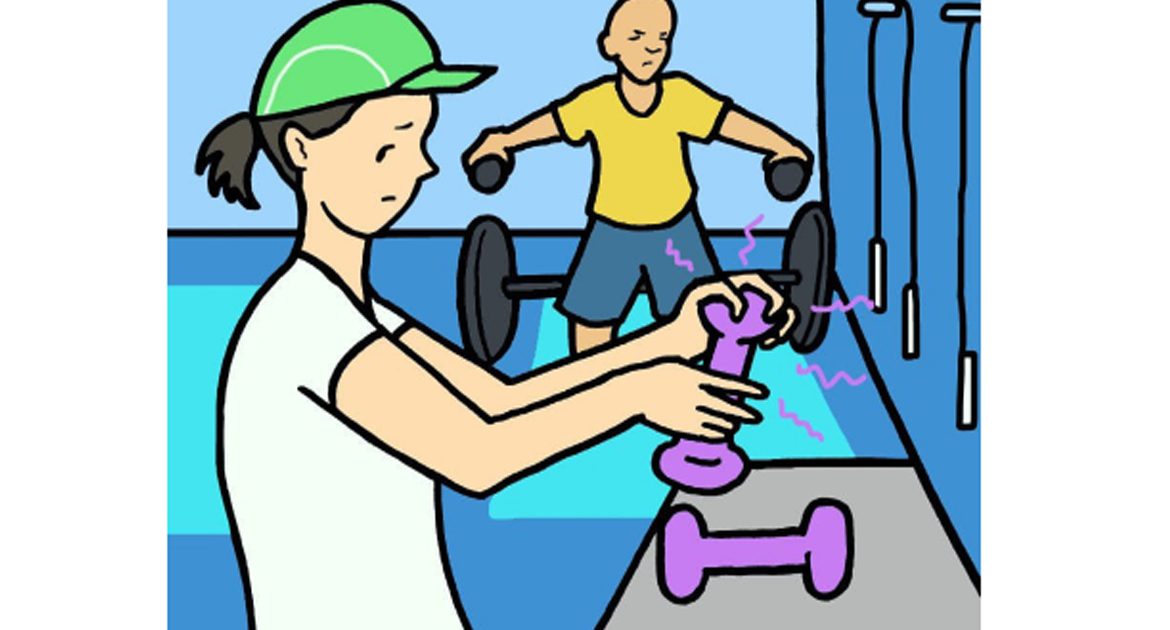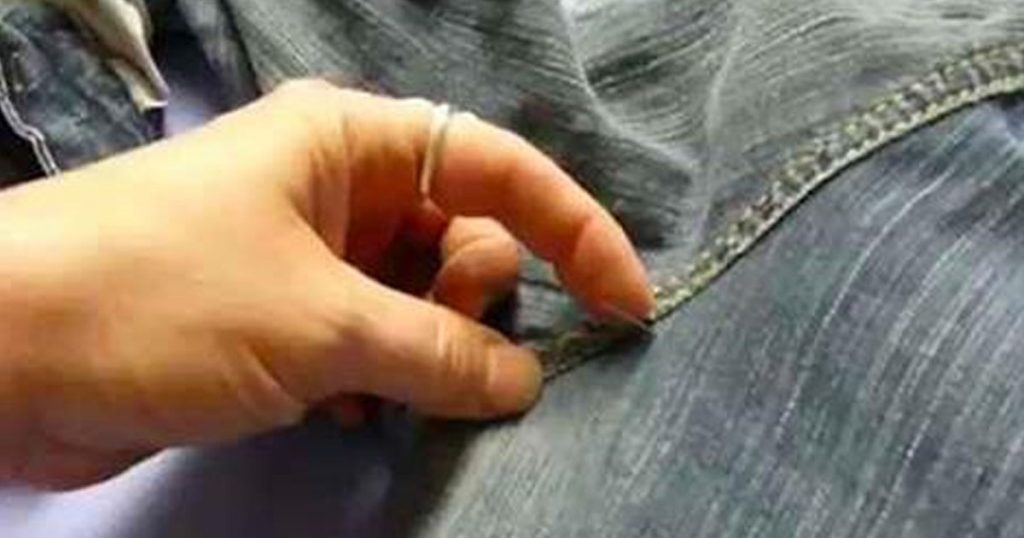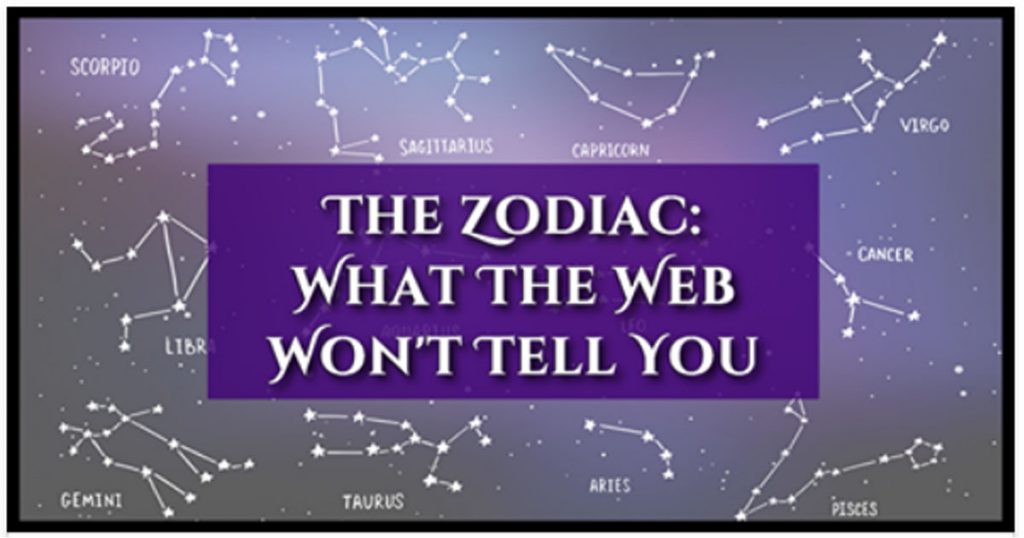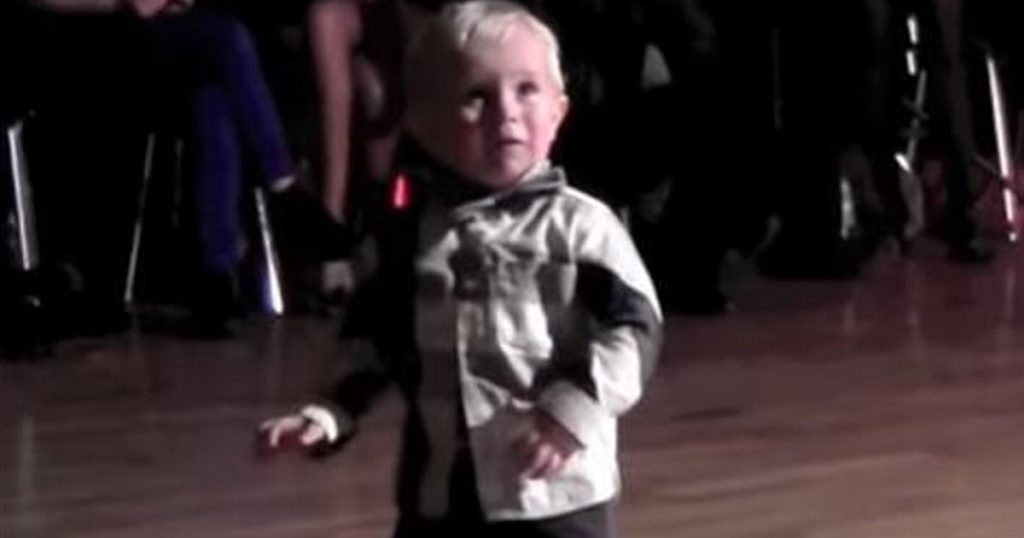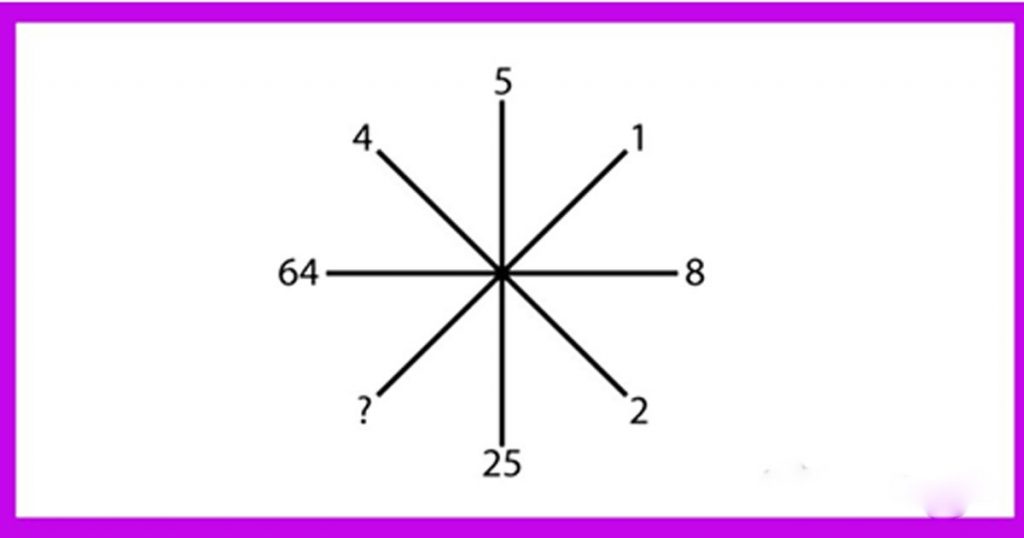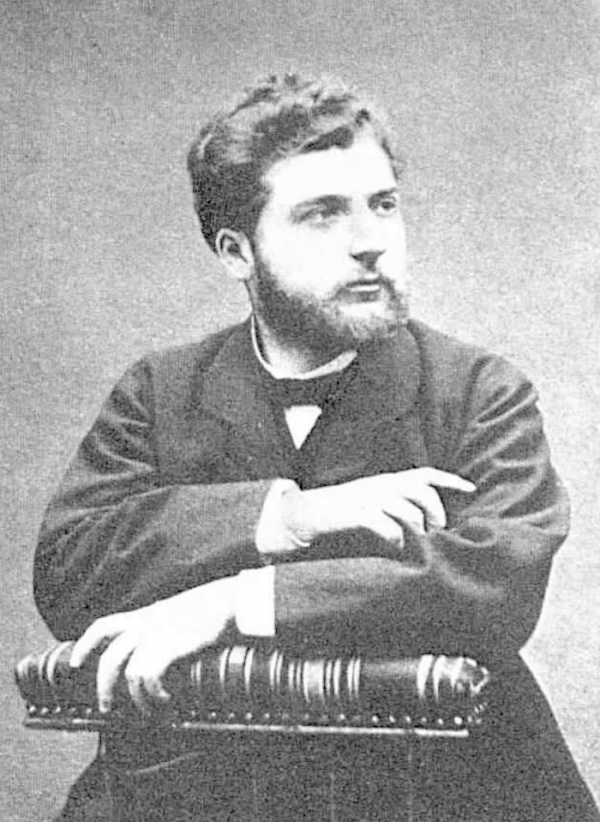When I started my first desk job, I was shocked by how sore I was at the end of my first week.
As a teenager and throughout college, I worked in service or retail jobs where I was on my feet all day.
I thought, “This is going to be great! I’ll finally get to sit down at work!” Which is why I was blown away by how cruddy my body felt after just a week of sitting down for eight hours every day.
My neck was sore from craning over my computer, my lower back ached, and my hip flexors felt like they needed WD-40.
I did some research, and sure enough, I learned about slipped discs and the symptoms associated with them.
You probably won’t develop a slipped disc from just one week of sitting, but it’s important to know the symptoms so you can take appropriate action, be it from sitting or straining during exercise.
These seven symptoms could mean you have a herniated or slipped disc. Here’s what you should know if it happens to you.
What Is A Slipped Disc?
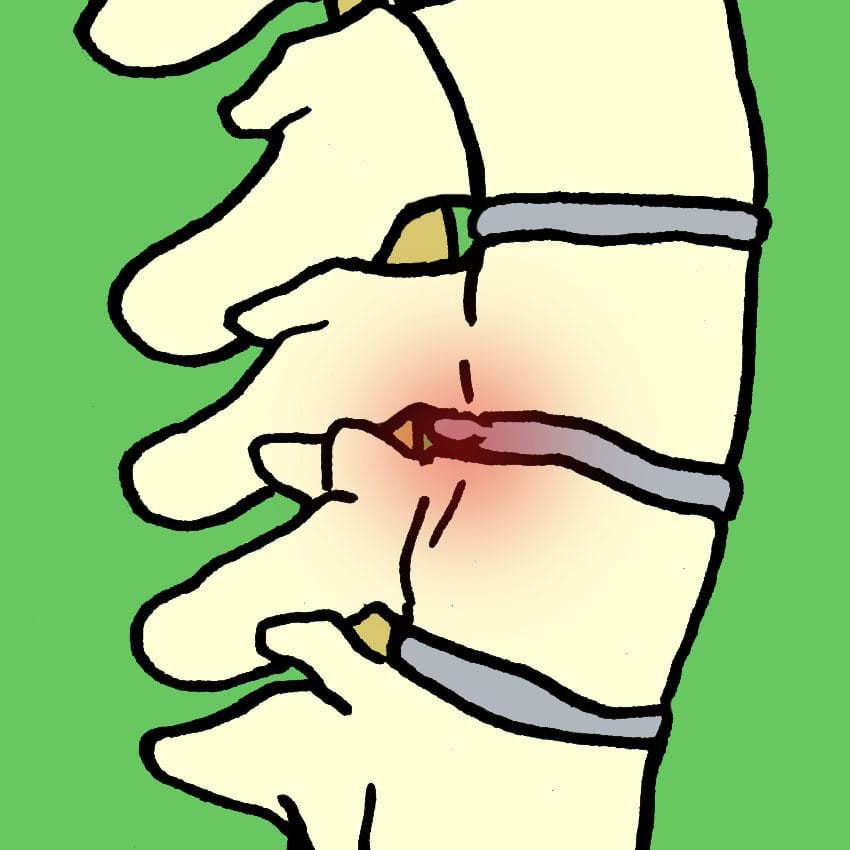
A slipped disc, known in the medical world as a herniated disc, occurs when the soft tissue that separates the vertebrae of the spine oozes out, causing immense pain and discomfort, according to the Mayo Clinic.
This can happen in any part of the spine, but is most common in the lower back (lumbar) region, or in the neck (cervical) region.
Symptoms To Know
Slipped Disc Sign #1: Pain In Extremities
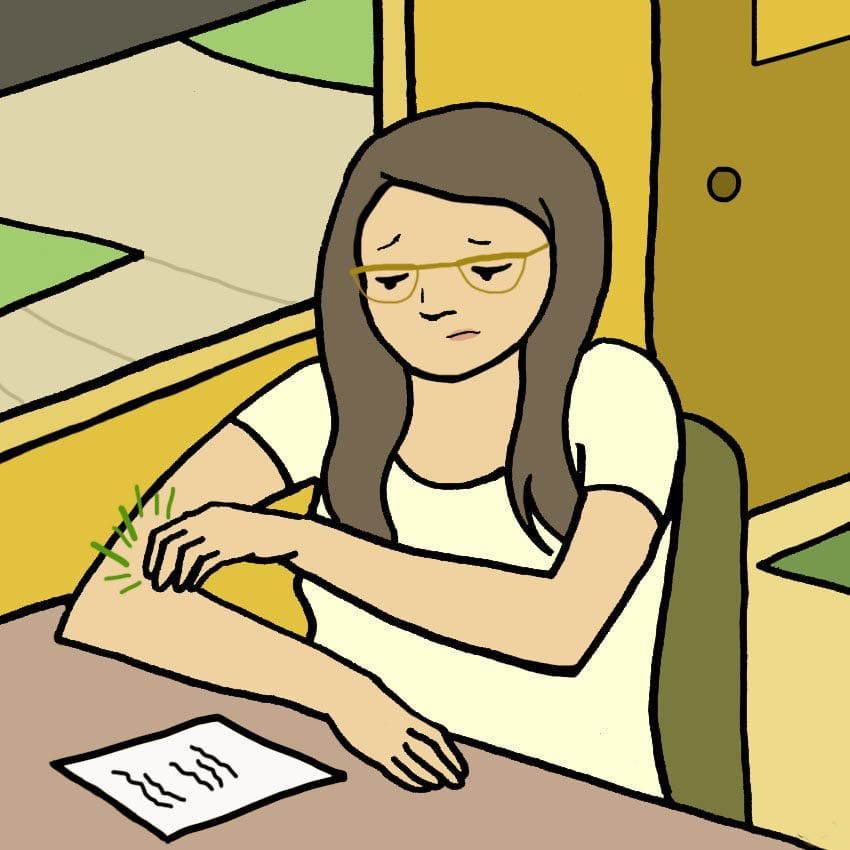
Sufferers of slipped discs usually experience shooting pain in their lower or upper extremities.
Shooting pains that move down your arms can indicate a slipped disc is in your neck, while streaks of pain in the legs or butt, also known as sciatica, usually indicate a slipped disc is in your lower back, according to Harvard Medical School.
Pain might be worsened by coughing, sneezing, or other motions that cause your torso to move abruptly.
Slipped Disc Sign #2: Numbness
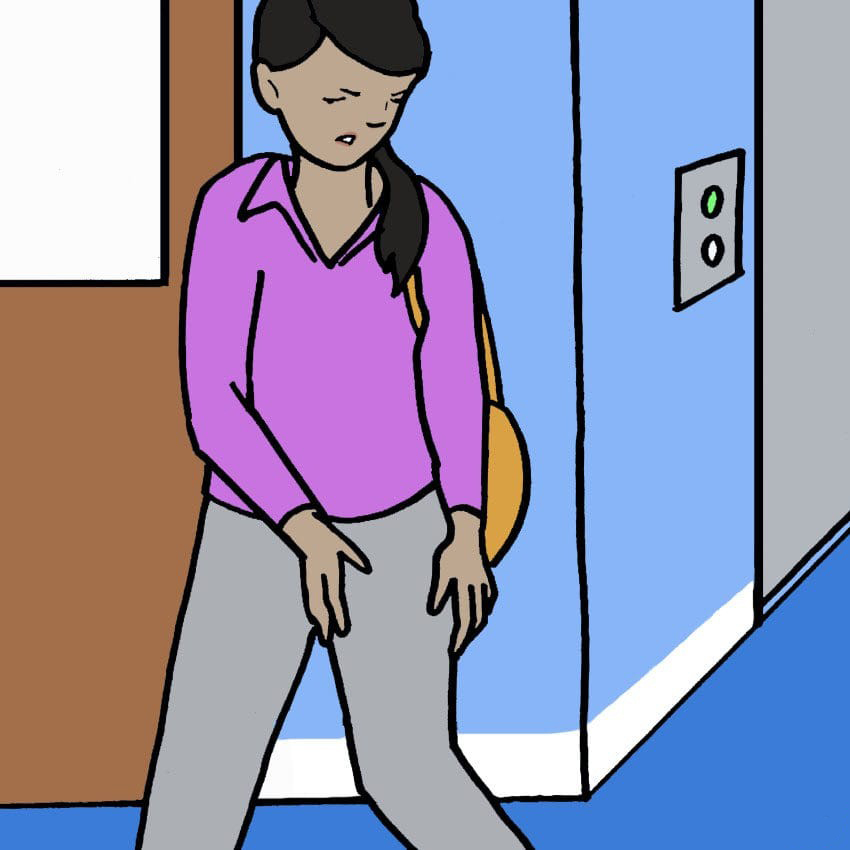
If you have a herniated disc beginning in your lower back, you’re likely to experience nerve symptoms throughout the lower parts of the body.
Numbness in the legs and feet is common in people with herniated discs in the lower spine, because the slipped disc might interrupt nerve signals traveling to the brain from those lower regions, according to the New York Times.
So if you’re suddenly experiencing a “dead leg,” see a doctor about the possibility of a slipped disc.
Slipped Disc Sign #3: Pins And Needles
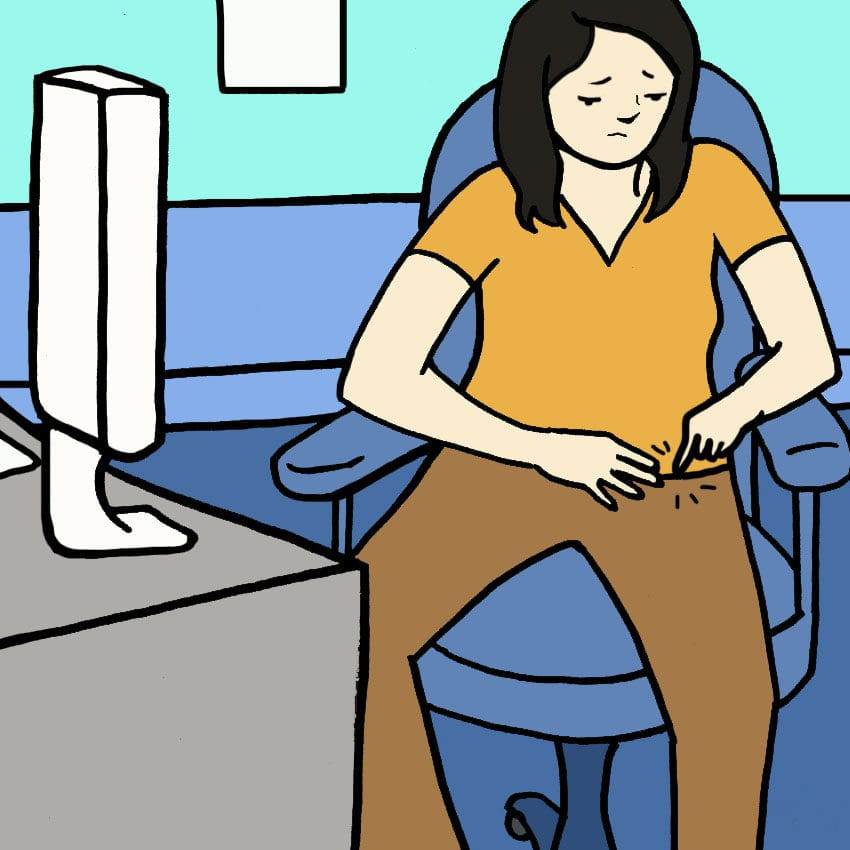
Another symptom of herniated disc is a tingling, or pins and needles sensation in the area affected by the herniation.
This can be a rather uncomfortable feeling, similar to your limbs “falling asleep.”
However, in the case of a slipped disc, the tingling pain while happen without any of the ordinary pins and needles triggers, though it may get worse after long periods standing.
Slipped Disc Sign #4: Weakness
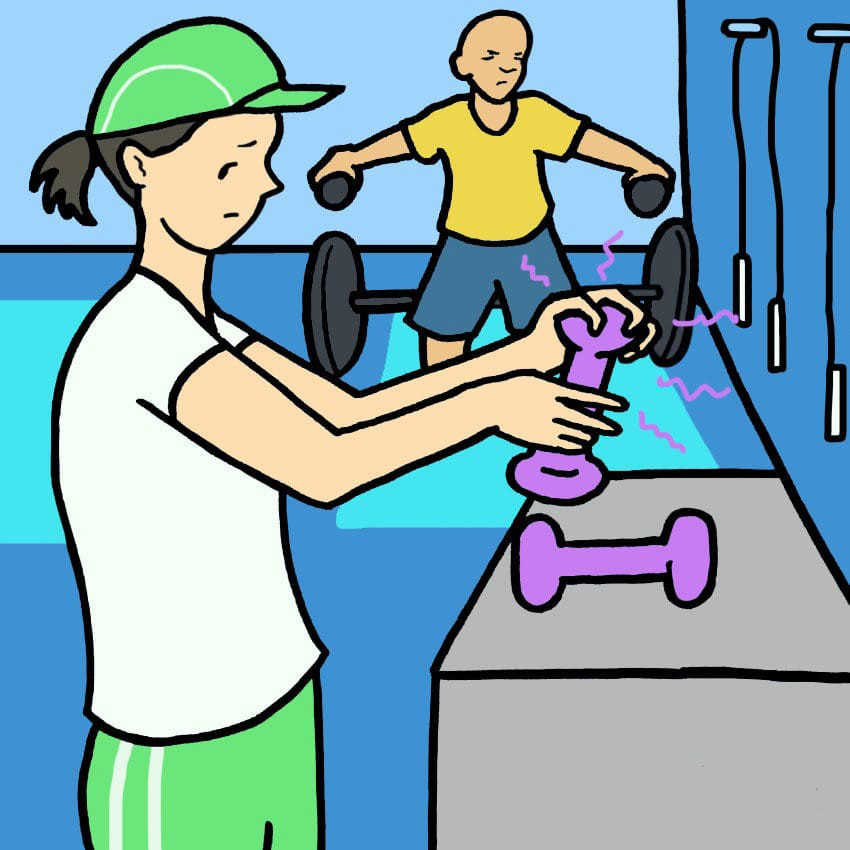
Slipped discs in the neck can cause muscle weakness in the arms.
You may find it more difficult than usual to grasp objects that you don’t normally have any trouble with, and your fine-motor skills might be impacted.
Slipped Disc Sign #5: Neck Pain
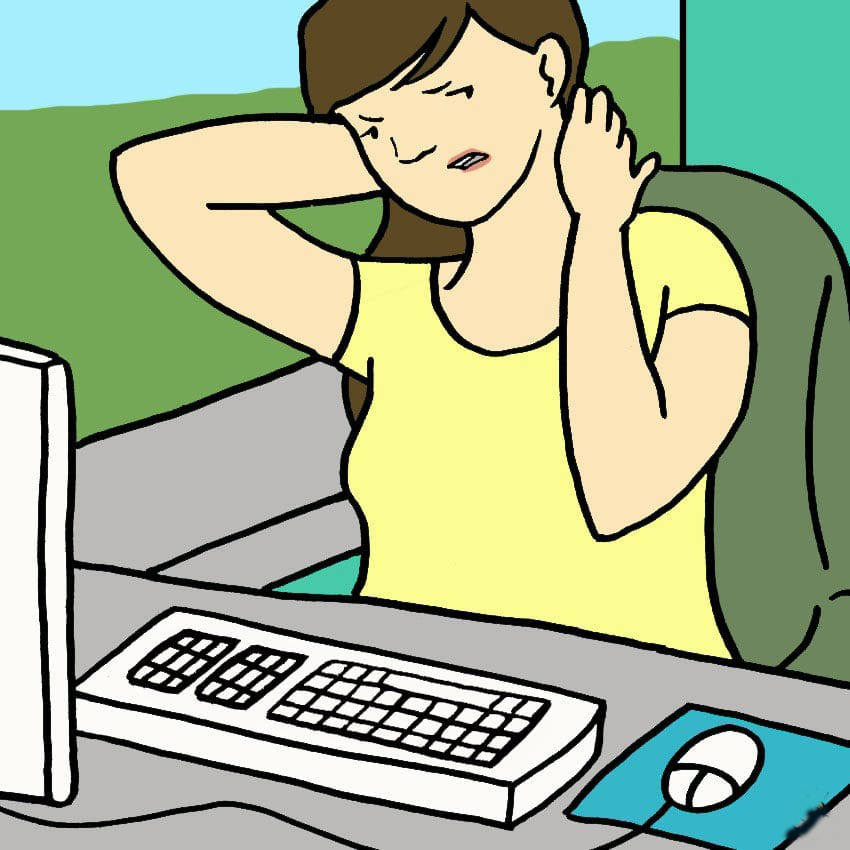
Neck pain is, perhaps unsurprisingly, one of the main symptoms of a slipped disc in the neck.
Because your spine is compressed, the nerves are under more pressure than usual, which can lead to significant soreness and discomfort in that region.
However, this sensation should not be confused with ordinary muscle pain or tightness; with a herniated disc, you will be in acute pain and may find it too painful to move your neck or turn your head.
Slipped Disc Sign #6: Back Pain
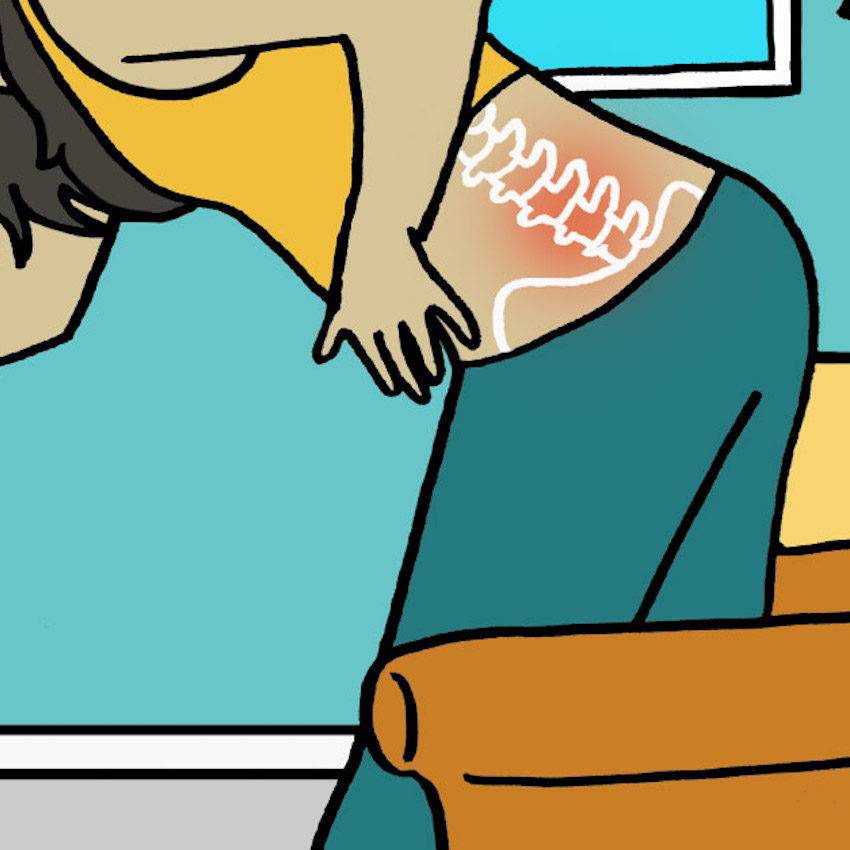
In the same way that neck pain can point to trouble in your cervical spine, lower back pain is a good indication that there could be a herniation in your lumbar or lower spine.
This can be downright awful, and often requires immediate medical attention. Rest and over-the-counter pain medications can help reduce the swelling and manage the pain until you’re able to see a doctor.
It’s also worth noting that some people experience more leg pain than back pain with a herniated lumbar disc, so if your back is feeling better but your legs are stilling giving you trouble, you need to see a specialist.
Slipped Disc Sign #7: Saddle Symptoms
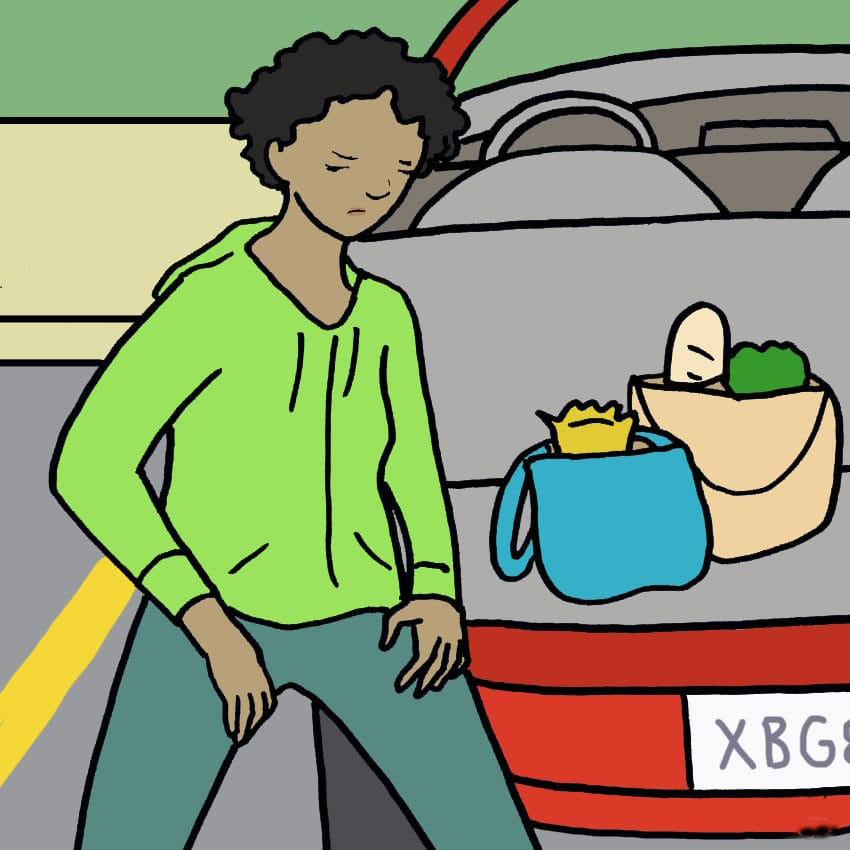
“Saddle symptoms” are probably the least well-known sign of the slipped disc.
This term is used to describe pain or weakness in the parts of the leg and buttocks that would touch a saddle, and they can be signs of a rare but serious disease called cauda equina syndrome, or CES for short, according to Columbia University Spine Hospital.
People with CES might experience intense pain, numbness, and even incontinence due to lack of nerve signaling. If you experience these symptoms, talk to a doctor right away.
What Should I Do?
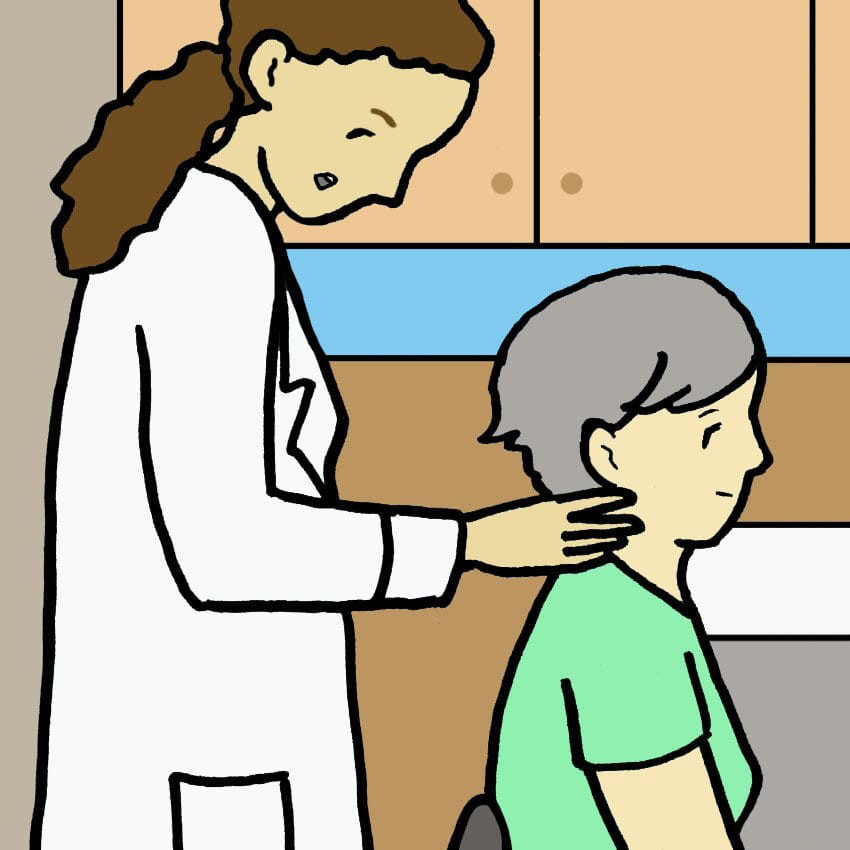
Treatments for slipped discs vary widely. They can be as simple as changing up your behavior, or even surgery.
Slipped discs will sometimes go away on their own with rest and behavior modification, but sometimes more serious action is required.
You should always consult a doctor if you think you might have a herniated disc, as it can quickly turn into a more serious problem.
Please Liked Video with friends and family to educate about the symptoms of slipped discs.
